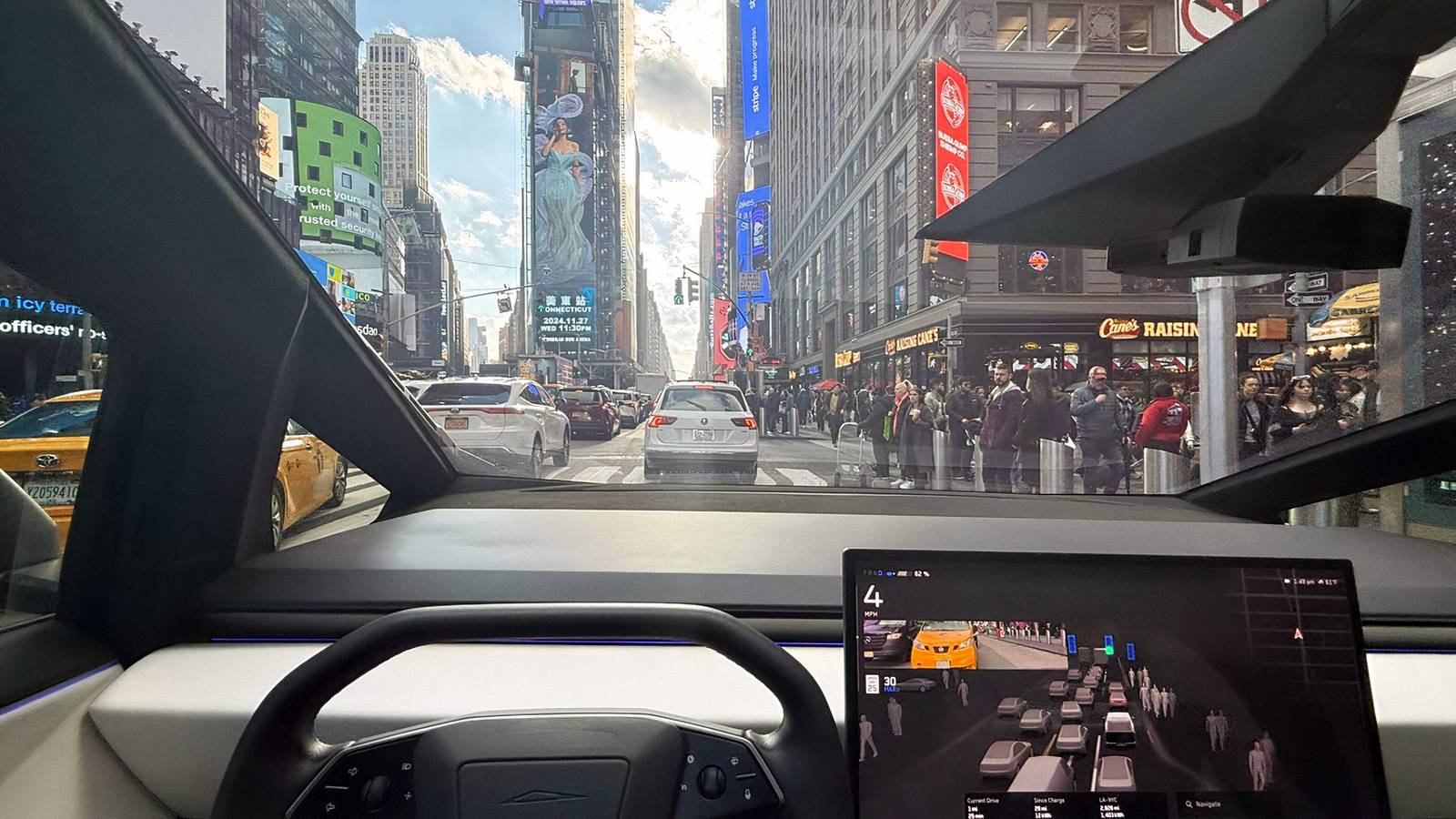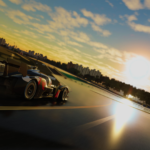Tesla just pushed another boundary in its long experiment with autonomy, rolling out a new “Mad Max” driving profile as part of its Full Self-Driving (FSD) V14.1.2 update. It’s a fitting name for a company that’s spent over a decade promising self-driving salvation and occasionally delivering controlled chaos instead. The new mode, currently limited to early testers, builds on last week’s FSD V14.1 release, refining the software’s judgment and testing just how wild Tesla will let its cars behave in the name of progress.
The “Mad Max” profile increases both driving speed and the frequency of lane changes compared to the previous “Hurry” mode. According to Tesla’s release notes, it “comes with higher speeds and more frequent lane changes than Hurry,” though early users reported that vehicles can exceed posted speed limits by a wide margin. The new profile appears to push top speeds to 85 MPH, while “Hurry” has been dialed back to 80 MPH.
This update builds on a broader effort by Tesla to give users greater control over driving behavior. The company now offers five selectable profiles—Sloth, Chill, Average, Hurry, and Mad Max—ranging from conservative to highly assertive. The latest additions, “Sloth” and “Mad Max,” extend the range in both directions, from cautious low-speed operation to more aggressive highway performance.
Videos shared by early adopters show FSD-equipped vehicles performing faster lane changes and maintaining higher cruising speeds than before. In one clip, a tester noted that the car was “going 70 in a 55 on an unlit road,” prompting renewed questions about how Tesla balances driver comfort and legal compliance with the pursuit of more naturalistic, human-like driving.
Tesla’s Autopilot director, Ashok Elluswamy, has described the “Mad Max” profile as a response to customer feedback, offering a mode “for when you’re late to your flight or to pick your child up from school.” The new setting may invite further scrutiny from safety regulators, who have already expressed concern over past FSD features such as rolling stops and speed-limit flexibility.
While the update is being well-received among some Tesla owners for its added customization, others have criticized the company’s focus on speed profiles over more requested features like “Reverse Summon,” aptly renamed “Go Park Yourself.” Cybertruck owners, meanwhile, remain excluded from this rollout, as the model continues to lack several FSD functions available in other Tesla vehicles.
For Tesla, “Mad Max” mode reflects both the company’s continued software experimentation and its willingness to test the boundaries of automated driving behavior. It’s an approach that continues to draw attention from both fans and regulators alike. But while Tesla continues to push the limits of legality, poor Cybertruck can’t even push an update.
We want to hear from you! Share your opinions in the thread below and remember to keep it respectful.
Your comment has not been saved
This thread is open for discussion.
Be the first to post your thoughts.












